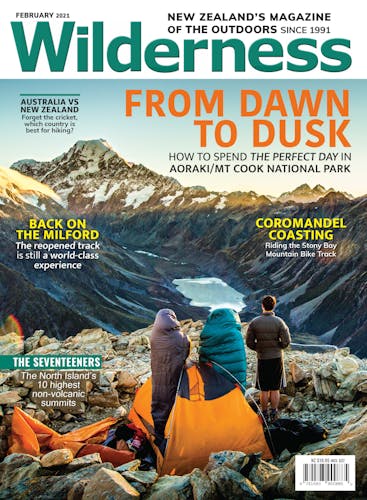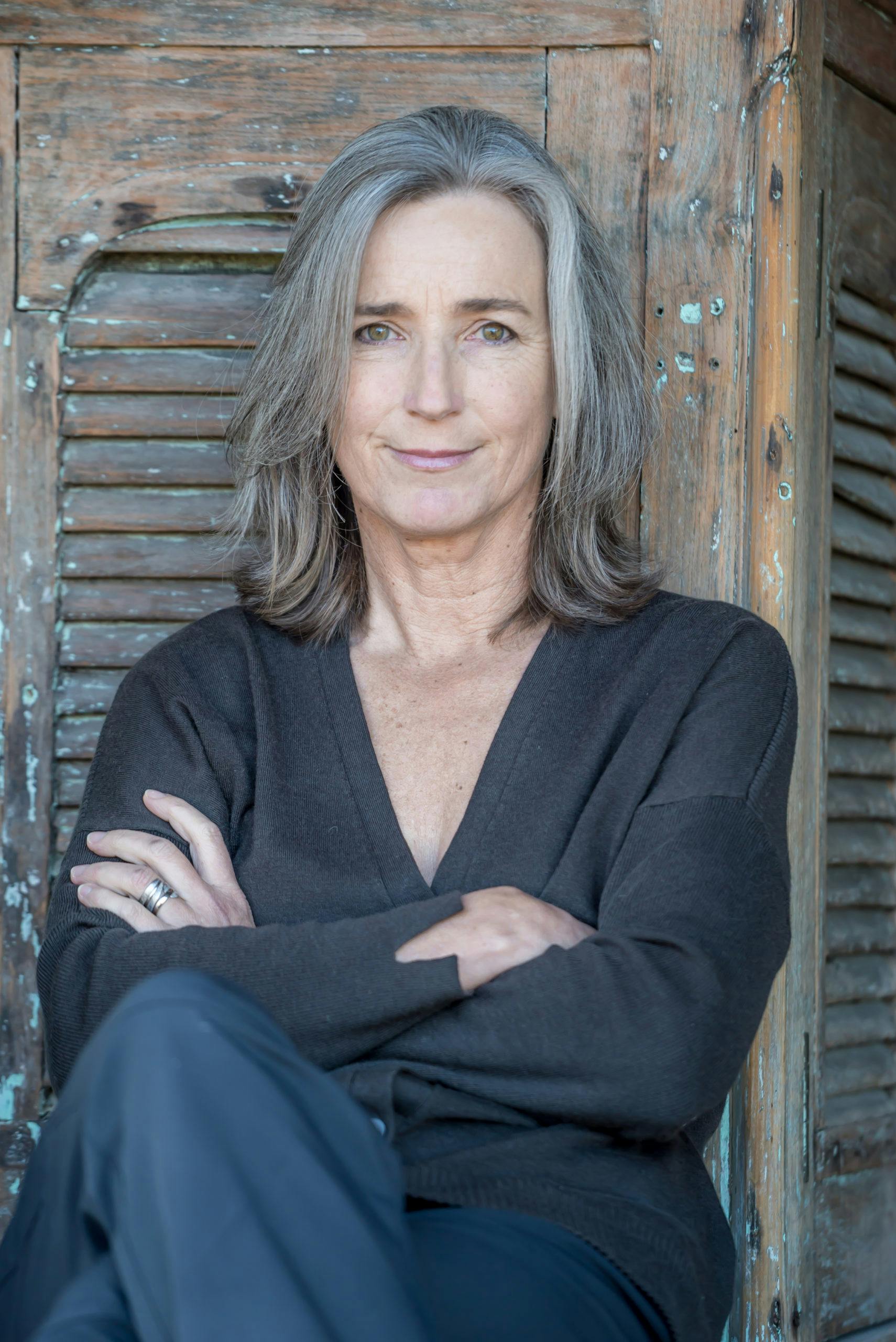The dramatic landscape and rich history of the Dusky Sound have been captured by Peta Carey in her book Tamatea Dusky.
How did your fascination with Dusky Sound begin?
I live near Queenstown and spend a fair amount of time in Fiordland, so I’ve been fortunate to cover various stories in Dusky and the rest of Fiordland for magazine features and documentaries over the years. But the real impetus for the book was in discussion with Robbie Burton, of Potton & Burton publishing. We were looking over images of Tamatea/Dusky taken by my late husband, photographer and location scout, Dave Comer. When I suggested ‘we need a whole book on Dusky’, Robbie suggested I draw up a proposal and see if we could find the funding. The history is fascinating, but it was the largely untold conservation work going on there – the massive Tamatea/Dusky Sound Restoration and Conservation Plan – which deserved being documented and celebrated. Fortunately, I was in the right place at the right time – on Anchor Island in Dusky, in fact – when it all came together, and DOC agreed to support the research and writing of our book.
What was your timeline of the writing process?
I’d covered various aspects of the conservation work there over the years, so I already had a fair amount of experience and background research. Further research trips began in October 2018, the first being into Shy Lake in unseasonal snow, looking for southern Fiordland tokoeka. The field trips continued most of that summer and well into 2019. I had my head down writing, at my desk and in the Hocken library, all winter and spring of 2019. The last field trip and chapter was the seabird survey in December 2019, the perfect ending. Early 2020 was the editing process, huge image collation, then design and layout. It was a nervous few months due to Covid lockdowns, but we got there.
What is characteristic of the Dusky Sound landscape?
Putting the landscape of Tamatea/Dusky into words is a tough ask. ‘Theatre’ is the word I most often use, from dawn to dusk. The topography is magnificent, but it’s often more beautiful on a moody day than a blue sky one. It’s about the play of light across the many ridgelines and ranges, over waterways and in the varied and dramatic weather patterns, that affects you most.
And the conservation efforts are quite legendary?
Legendary and often ground-breaking. There are many world firsts that happened in Dusky or not far away. Resolution Island was the first island reserve in 1891, Richard Henry the world’s first ranger from 1894-1906, his bird translocations also the first, even if, sadly, they weren’t successful. One of the best stories of all is the battle of Breaksea, the first significant island to be cleared anywhere in the world of rats, and then there’s the story of the first eradication of stoats from Te Kākahu/Chalky Island.
What historical discoveries intrigued you?
You can’t help but be amazed by all the great stories carefully logged by Captain James Cook and the crew of the Resolution during their six-week stay here in 1773, not least their encounters with Fiordland Māori. I reckon those six weeks must have been some of the happiest, and certainly the best small boat sailing for Cook during his many voyages. But the story of the wreck of the Endeavour (1795) is really quite extraordinary. How 244 people survived is a miracle. In particular, I was amazed at how the logbooks failed to note any young children on board, and even more remarkable, never bothered to make note of childbirth, either in Dusky or at sea.
How would you recommend people explore the area?
By boat. There are a number of charter boats in the area, but you need reasonably deep pockets. One field trip I loved, however, was in the hills around Lake Roe on the Dusky Track, from where you look down onto Tamatea/Dusky Sound. The 10-day track is pretty challenging, but a keen tramper can simply spend two days heading up from Lake Hauroko to Lake Roe Hut, and then spend a glorious few days exploring the alpine area there, swimming in a different tarn every day and climbing Tamatea Peak, before returning to Lake Hauroko and a boat pick up. Look out for rock wren. They really are the most beautiful and intriguing of our New Zealand native birds.
Tamatea Dusky is available for purchase in the Wilderness store. Subscribers get a 10% discount.








